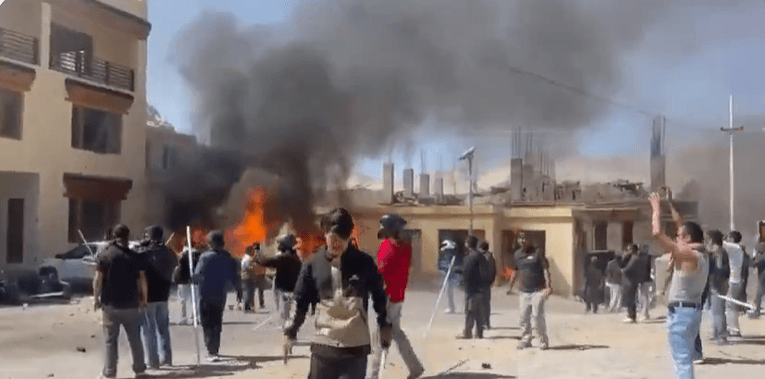By Contributor,Heidi Brooks
Copyright forbes

(Photo by Liaison)
Getty Images
We often assume burnout is a matter of overwork. But more often it grows out of the everyday strains and frictions of the way we work together. Because these dynamics are so rarely named and effectively worked through, they quietly drain energy and engagement. What if organizations could identify and name some of the everyday strains and interrupt the depletion?
The stakes are high. According to a 2023 Gallup study, burnout is draining an estimated $2 trillion in lost productivity from businesses across the U.S.—a staggering cost that underscores how urgently workplaces need to address the problem. The real story of burnout is not just long hours: it is the subtle but chronic stresses of how we relate at work. Left unspoken, those dynamics slowly sap energy and connection. But what if workplaces became skilled at naming and addressing these everyday strains, turning potential depletion into opportunities for learning, resilience and thriving?
What is Burnout?
Researcher Christina Maslach at the University of California, Berkeley, describes job burnout in her book on the subject as “a response to chronic job stressors in the workplace that have not been well-managed,” characterized by exhaustion, cynicism and feeling negative about themselves. Along with her co-author, Michael Leiter, she emphasizes that burnout doesn’t simply come from long hours but from chronic interpersonal stressors—things like toxic work conditions, loneliness, poor recovery and the inability to talk openly about these experiences as work-relevant.
The source of burnout is less individual than it is part and parcel of our social context and interactions. The chronic stressors live in the unhealthy waters of the space between us and how people experience themselves in that space. The group is stronger than the individual, so when the challenges live in the group dynamic, the group dynamic will triumph, and individual efforts will likely be insufficient to combat the larger story.
The Solution To Avoiding Burn Out Is In The Space Between Us
We work together so there is both friction and possibility in the ways we lead and interact each day. Understanding burnout as social opens the door to new solutions. Instead of viewing burnout solely as an individual problem to be addressed with self-care, it also makes sense to focus on shaping the social environment—through setting group norms, reinforcing practices that promote sustainable productivity, and holding space for candor about how people are feeling.
MORE FOR YOU
Turning awareness into learning requires both learning and unlearning. Building a burnout-resistant culture will be difficult to accomplish without communicating about human experience, where both parties are curious, listening deeply to understand the experience of others, sharing their own experience and asking to learn more. Some of these communication behaviors require learning for leaders and teams to get out of norms with new skills and choices: curiosity instead of accusation, kindness instead of blame, and self-disclosure instead of hiding.
It is possible to work towards reducing burnout through giving people more agency over team dynamics through conversation and persistent team learning. Burnout shows up in individuals but may start in the space between us. Paying attention to that space—and making it discussable—is a first step in turning depletion into connection and resilience.
Editorial StandardsReprints & Permissions



